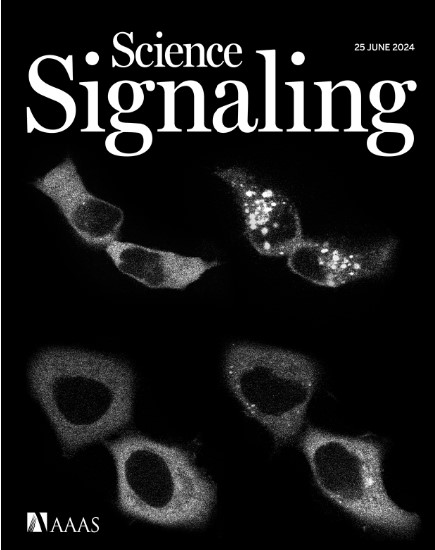HUN-REN RCNS researchers' breakthrough discovery paves the way for more effective drugs with fewer side effects
Revolutionary signal-transduction-selective drugs exhibit significantly fewer side effects compared to less advanced active ingredients. A recent discovery by Hungarian and Japanese researchers, featured on the cover of the prestigious journal Science Signaling, enables the development of more targeted novel mechanisms drugs with broader application potential.
Signal-transduction-selective drug development represents a highly significant new direction in pharmaceutical research. These active ingredients enable drugs to specifically target therapeutically beneficial pathways among numerous signalling pathways from receptors. Consequently, this means that these drugs have little to no effect on mechanisms that cause side effects, compared to previous drugs.
Researchers have already made significant progress in developing drugs for pain relief, diabetes, and heart failure using signal-transduction-selective molecules. However, widespread therapeutic use requires a deeper understanding of how signal-transduction-selective cellular responses are generated. András Tóth, Bence Szalai, and colleagues at the HUN-REN Research Centre for Natural Sciences (HUN-REN RCNS) discovered that receptor endocytosis plays a central regulatory role in the development of signal-transduction-selective effects, influencing their spatial and temporal organisation. They also found that some hormones selectively trigger physiological responses through this mechanism. The results achieved by the research group led by Professor László Hunyady at the HUN-REN RCNS Institute of Molecular Life Sciences, in collaboration with Hungarian and Japanese researchers, were published in Science Signaling, one of the most prestigious journals in the field.

A holistic approach, identified by the research group, has paved the way for developing more targeted drugs with a more favourable side effect profile. This approach goes beyond previous research that focused solely on the molecular structure of receptors. The significance of these findings was highlighted in an editorial in Science Signaling, praising the discovery’s importance.

